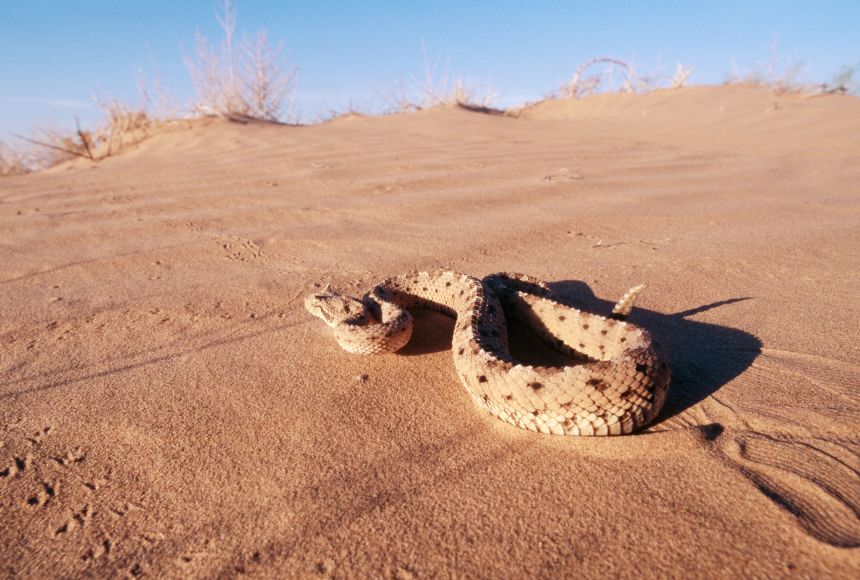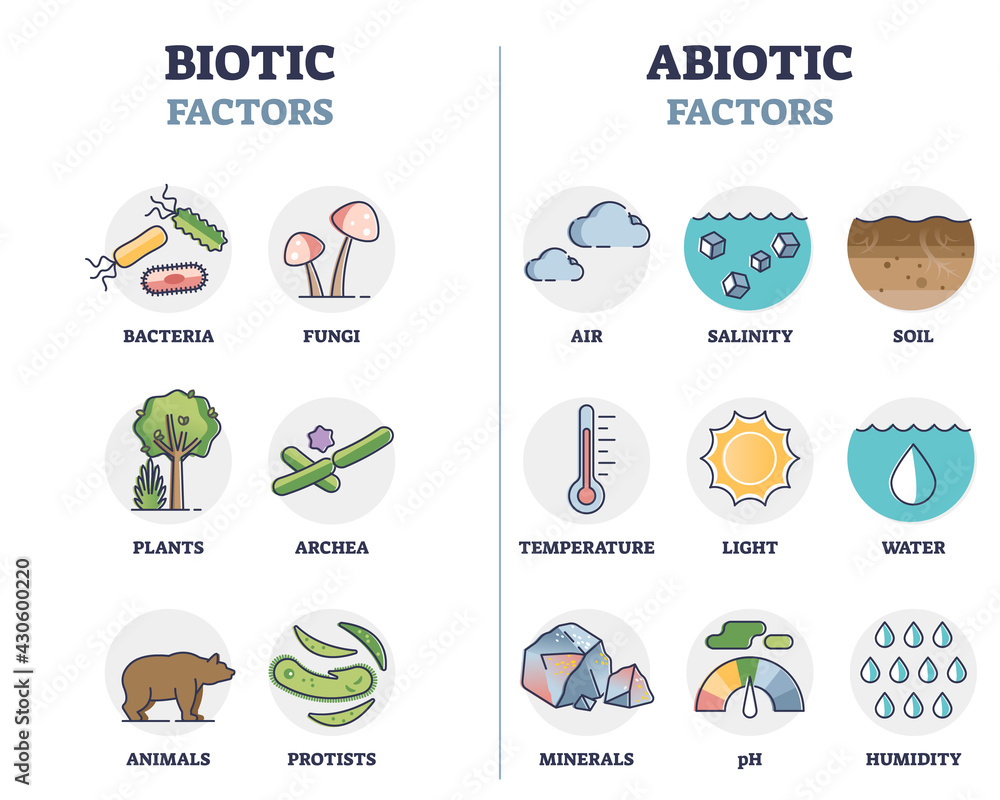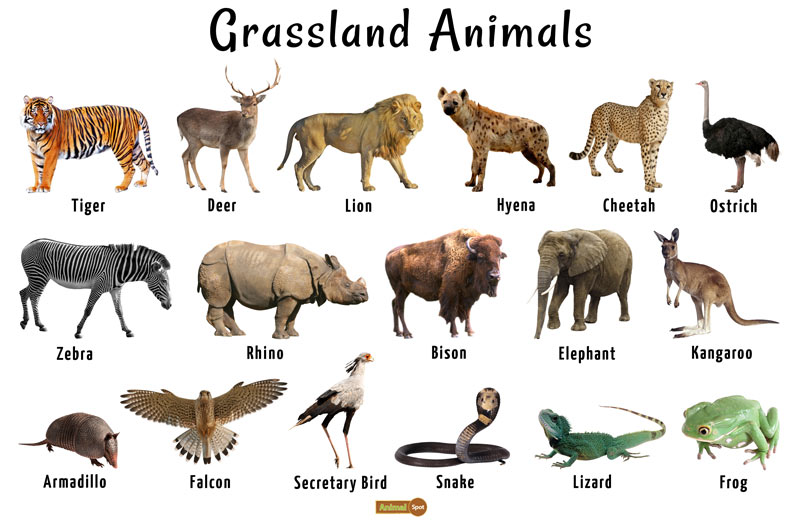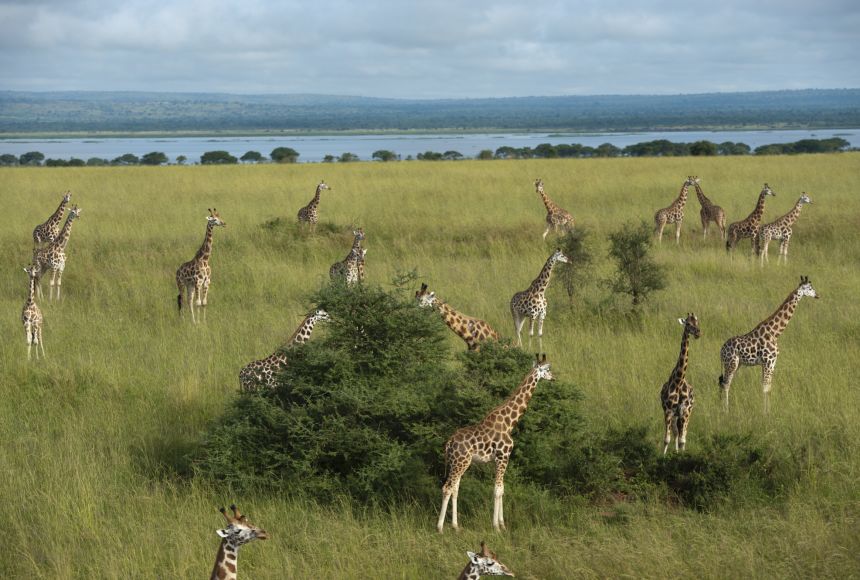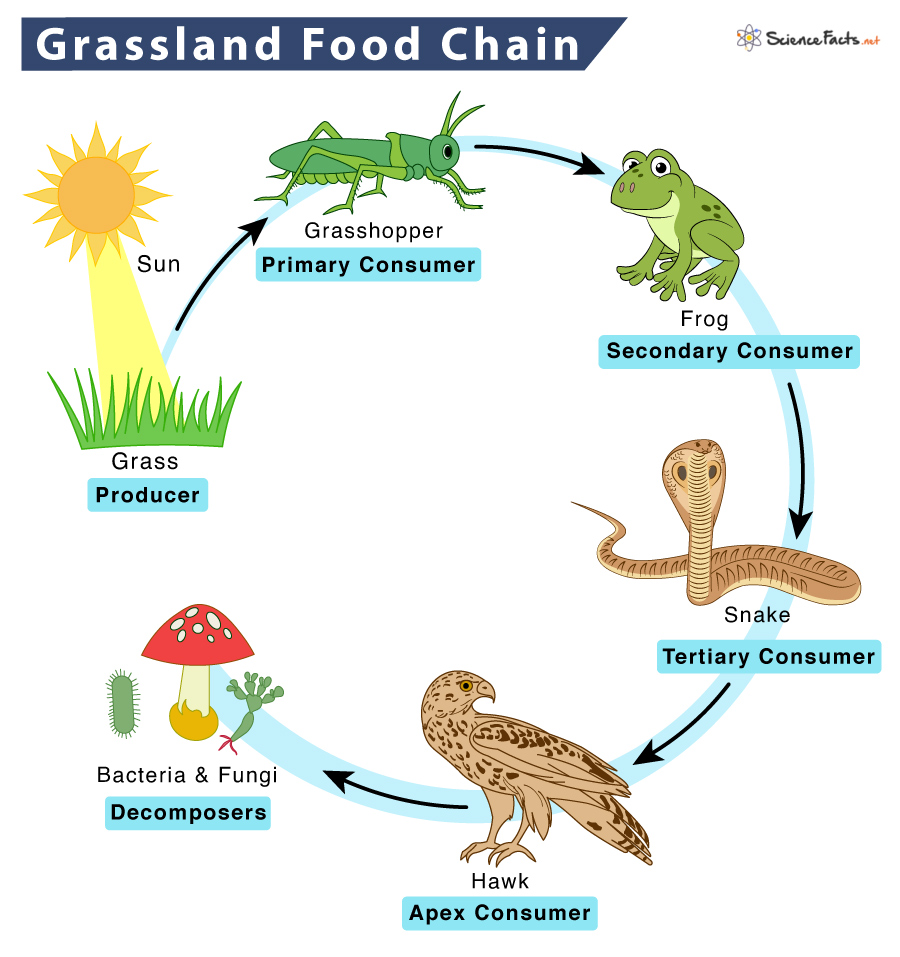Topic abiotic factors in a desert ecosystem: Explore the vital abiotic factors in a desert ecosystem, from scorching temperatures to scarce water sources, and discover how these elements shape one of Earth"s most fascinating habitats.
Table of Content
- What are the abiotic factors present in a desert ecosystem?
- Overview of Desert Abiotic Factors
- Temperature Variations and Their Impact
- Water Scarcity and Evapotranspiration
- Soil Composition and Salinity
- Solar Radiation and Light Intensity
- Wind Patterns and Their Effects on Erosion
- YOUTUBE: The Desert Biome
- Geology and Landscape Features
- Humidity Levels and Their Biological Implications
- Adaptations of Flora and Fauna to Abiotic Conditions
What are the abiotic factors present in a desert ecosystem?
In a desert ecosystem, there are several abiotic factors that play a crucial role in shaping the environment. These factors include:
- Little rainfall: Deserts are characterized by very low rainfall, which is one of the most prominent abiotic factors. The scarcity of water affects various aspects of the ecosystem.
- Temperature: Deserts have extreme temperature variations, with scorching hot days and chilly nights. The high temperatures during the day and low temperatures at night impact both living organisms and physical processes in the ecosystem.
- Soil: Desert soils are typically sandy and have low organic matter content. The arid conditions make it challenging for plants to establish deep roots and for nutrients to be retained in the soil.
- Light: Deserts receive high levels of sunlight due to minimal cloud cover. This abundant sunlight influences the photosynthesis process and shapes the adaptations of plants and animals in the ecosystem.
These abiotic factors interact with the biotic factors (living organisms) to create the unique characteristics of a desert ecosystem.
READ MORE:
Overview of Desert Abiotic Factors
Deserts are characterized by their harsh, unyielding conditions, where life thrives under extreme abiotic factors. These non-living elements play a pivotal role in shaping the ecosystem, influencing the biodiversity and survival strategies of the flora and fauna that inhabit these arid landscapes.
- Temperature: Extreme temperature fluctuations define deserts, with scorching heat by day and often freezing temperatures at night.
- Water scarcity: Low precipitation levels result in minimal water availability, challenging the survival of living organisms.
- Sunlight: High levels of solar radiation provide abundant energy, driving photosynthesis in specially adapted plant species.
- Soil: Desert soils are often sandy, rocky, and nutrient-poor, with low organic matter content, affecting plant root systems and water retention.
- Wind: Strong winds can cause significant erosion and shape the landscape, also influencing water loss and temperature regulation.
Understanding these abiotic factors is crucial for grasifying how desert ecosystems function and the remarkable adaptations of the species that thrive in such environments.
Temperature Variations and Their Impact
Desert ecosystems are renowned for their extreme temperature variations, which profoundly impact both the physical environment and the biological inhabitants. The stark difference between day and night temperatures, often exceeding 20°C (68°F), poses unique challenges and shapes the survival strategies of desert-adapted species.
- Daytime Heat: During the day, temperatures can soar above 40°C (104°F), leading to intense solar radiation and evaporation. This extreme heat influences soil temperatures, water availability, and the physiological processes of organisms.
- Nighttime Cool: At night, the lack of cloud cover allows rapid heat loss, causing temperatures to plummet. This dramatic cooling can affect desert dwellers" metabolic rates and water conservation tactics.
- Impact on Flora: Plants have evolved various adaptations to cope with the extreme heat, including deep root systems to access groundwater, reduced leaf surface area to minimize water loss, and the ability to store water in tissues.
- Impact on Fauna: Animals have developed behaviors and physiological mechanisms to avoid heat stress, such as nocturnal activity patterns, burrowing to escape the heat, and specialized heat exchange systems.
The ability to navigate these temperature extremes is crucial for survival in desert ecosystems, highlighting the remarkable resilience and adaptability of desert flora and fauna.
Water Scarcity and Evapotranspiration
Water scarcity is a defining characteristic of desert ecosystems, profoundly influencing both the landscape and the organisms that inhabit it. The limited precipitation and high rates of evapotranspiration create conditions where water becomes a precious and often scarce resource.
- Limited Precipitation: Deserts receive less than 250 mm (10 inches) of rain per year, making water availability one of the most critical abiotic factors in these ecosystems.
- High Evapotranspiration: The combination of high temperatures, strong winds, and low humidity levels accelerates the evaporation of water from soil and transpiration from plants, further reducing the available moisture.
- Soil and Water Retention: Desert soils, often sandy or rocky with low organic content, have limited capacity to retain water, exacerbating the scarcity.
- Adaptations to Scarcity: Plants and animals have evolved remarkable adaptations to survive. Plants may have deep root systems to access underground water, succulent tissues to store water, or leaves adapted to minimize water loss. Animals may show behavioral adaptations like being nocturnal to avoid daytime heat or physiological adaptations to conserve water.
Understanding water scarcity and its effects through evapotranspiration is crucial for appreciating the complexities of desert ecosystems and the resilience of the life forms that thrive in such arid environments.
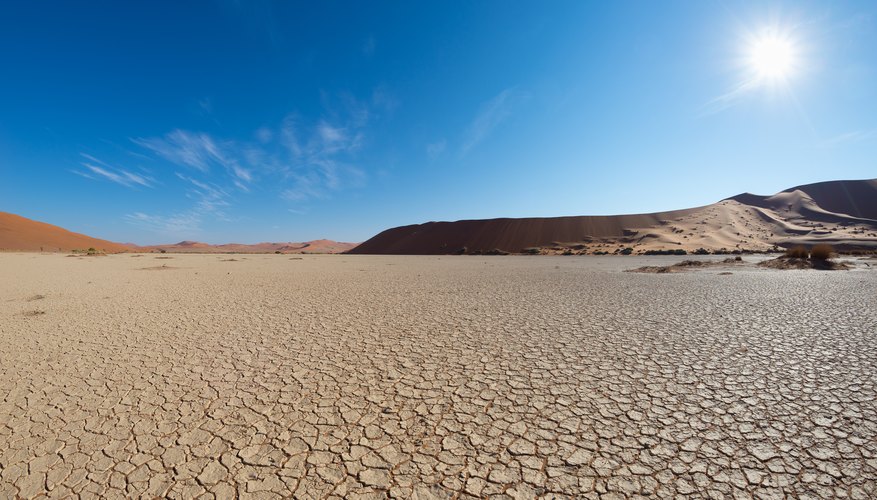
Soil Composition and Salinity
The soil in desert ecosystems plays a crucial role in supporting life, despite the challenging conditions. Soil composition and salinity levels are significant abiotic factors that influence the types of plants and animals that can thrive in these arid landscapes.
- Soil Composition: Desert soils are often sandy or rocky, with a low content of organic matter. The lack of vegetation cover and organic decay limits nutrient availability, affecting plant growth.
- Salinity Levels: The limited rainfall and high evaporation rates in deserts lead to the accumulation of salts in the soil surface, increasing salinity. High salinity can inhibit plant growth by affecting root water uptake and causing ion toxicity.
- Adaptations to Soil Conditions: Many desert plants, such as cacti and succulents, have adapted to these conditions with features like extensive root systems to reach deeper water sources and the ability to store water. These adaptations allow them to survive and even thrive in nutrient-poor and saline soils.
- Impact on Animal Life: Soil composition and plant availability directly affect the animals that inhabit desert ecosystems. Herbivores rely on the sparse vegetation for food, while carnivores depend on these herbivores for sustenance. The soil also provides habitats for many burrowing animals.
Understanding the soil composition and salinity of desert ecosystems is essential for appreciating the complex interplay between abiotic factors and the life forms adapted to survive under such conditions.
Solar Radiation and Light Intensity
Solar radiation and light intensity are critical abiotic factors in desert ecosystems, significantly influencing the climate, landscape, and the life forms that inhabit these regions. The intense sunlight and clear skies common to deserts result in high levels of solar radiation, driving the heat and light available for photosynthesis.
- High Solar Radiation: Deserts are exposed to intense solar radiation due to minimal cloud cover and low atmospheric moisture. This leads to high surface temperatures and contributes to the desert"s arid conditions.
- Light Intensity and Photosynthesis: The abundant sunlight provides energy for photosynthesis, crucial for plant life in the desert. Plants have adapted to the intense light, with some having reflective surfaces or orientations that minimize direct sun exposure.
- Adaptations to Sunlight: Desert organisms have evolved various adaptations to cope with the high levels of solar radiation. For example, many desert animals are nocturnal, avoiding the sun"s intensity by being active during cooler night hours.
- Impact on Ecosystem Processes: The intense solar radiation affects soil temperature and moisture evaporation rates, influencing plant growth patterns and water availability in the desert ecosystem.
The role of solar radiation and light intensity in desert ecosystems is profound, affecting everything from climate and weather patterns to the behavior and evolution of desert-adapted plants and animals.

Wind Patterns and Their Effects on Erosion
Wind plays a significant role in shaping desert landscapes, acting as a powerful force of erosion and transportation of materials. The unique wind patterns in desert ecosystems contribute to the formation of some of the most iconic desert features and have a profound impact on both the physical environment and biological communities.
- Erosive Force: In deserts, wind acts as an erosive force, picking up loose sand and particles and blasting them against rock and soil surfaces. This process, known as deflation, gradually wears down and shapes the terrain.
- Formation of Dunes: Wind is responsible for the creation of sand dunes, which are among the most recognizable features of desert landscapes. The size, shape, and distribution of dunes depend on wind direction, strength, and the availability of sand.
- Transportation of Sediments: Wind patterns in deserts facilitate the long-distance transportation of sediments, redistributing nutrients and shaping the soil composition over vast areas.
- Impact on Vegetation: The constant movement of sand and soil by wind can bury plants and affect seed distribution, influencing the types of vegetation that can survive in certain areas of the desert.
- Adaptations of Flora and Fauna: Desert organisms have evolved adaptations to withstand or take advantage of wind and erosion. Some plants have deep root systems to anchor themselves, while animals may use burrows to avoid wind-blown sands.
The effects of wind patterns on erosion are integral to the dynamic nature of desert ecosystems, influencing everything from landscape formation to the distribution and survival of desert life forms.
The Desert Biome
Explore the fascinating world of abiotic factors in this educational video! Discover how temperature, sunlight, and water presence shape ecosystems, and gain a deeper understanding of the intricate balance that sustains life on our planet.
Desert Ecosystem
Embark on a virtual journey through the captivating desert ecosystem with this stunning video! Witness the unique adaptations of plants and animals that thrive in extreme conditions, and unravel the secrets of survival in one of Earth\'s most challenging environments.
Geology and Landscape Features
Deserts are characterized by their unique geology and landscape features, which play a crucial role in shaping the ecosystem. The predominant geologic foundation of deserts is composed of sandstone, limestone, and other sedimentary rocks that have been shaped over millennia by the forces of wind and water erosion. This erosion process creates a variety of landscape features, including vast sand dunes, rocky plateaus, deep canyons, and scattered oases.
- Sand Dunes: Formed by the accumulation of sand particles carried by wind, sand dunes are iconic features of many desert landscapes. Their shapes and sizes vary, influenced by wind patterns and the amount of sand available.
- Rock Formations: Wind and water erosion also sculpt breathtaking rock formations and cliffs, revealing layers of earth"s history. These formations often consist of hardened sediment, volcanic rock, and a mix of other materials, showcasing a palette of colors from deep reds to muted browns.
- Oases: In deserts, oases are vital, arising where underground water hits the surface, creating fertile areas in an otherwise arid environment. These areas support vegetation and wildlife, acting as crucial hubs of biodiversity.
- Canyons and Valleys: Canyons and valleys are carved by occasional but powerful flash floods. These water flows cut through the desert landscape over time, creating deep valleys and canyons, often exposing a range of geological layers.
- Plateaus: Desert plateaus are elevated flat-topped areas that have been uplifted by tectonic activity. Their edges are typically defined by steep cliffs, offering a stark contrast to the surrounding lower lands.
The geology and landscape features of deserts not only define their physical appearance but also influence the types of life that can thrive within them. These features determine the distribution of resources, such as water and shelter, thus shaping the ecosystem"s abiotic and biotic components. The resilience of desert landscapes and their ability to adapt to the extreme conditions are testaments to the dynamic processes that have shaped the Earth"s surface for millions of years.

Humidity Levels and Their Biological Implications
Humidity levels in desert ecosystems are typically low, profoundly impacting the biological processes and adaptations of flora and fauna. The scarcity of moisture in the air contributes to the harsh living conditions, forcing organisms to evolve specialized survival strategies. Understanding the implications of these low humidity levels provides insight into the complex interplay between abiotic factors and biological life in deserts.
- Plant Adaptations: Desert plants exhibit remarkable adaptations to conserve water. Succulents, such as cacti, store water in their fleshy tissues, while other plants have small or waxy leaves to minimize water loss. Some species also display deep root systems to access underground water, and others have timing-based life cycles to capitalize on brief rainy periods.
- Animal Adaptations: Animals in desert ecosystems have evolved to minimize water loss and efficiently regulate body temperature. Many are nocturnal, being active during cooler, slightly more humid night hours to conserve moisture. Reptiles, for instance, regulate their body temperature through behavioral adaptations, seeking shade during the day and sun during the cool mornings. Mammals may produce highly concentrated urine to reduce water loss, and some can go extended periods without drinking water, obtaining moisture from their food.
- Microbial Life: Microorganisms in desert soils are adept at surviving long periods of dryness. When moisture is available, they quickly become active, contributing to nutrient cycling and supporting plant life. These microbes are essential for the breakdown of organic material, making nutrients available to plants in brief periods of moisture.
- Humidity and Ecosystem Dynamics: Even slight increases in humidity can have significant effects on desert ecosystems. After rains, deserts can experience sudden blooms of flowers and increased activity of animals, highlighting the importance of even minimal changes in moisture levels. These changes can trigger breeding seasons, migrations, and bursts of growth, demonstrating the ecosystem"s sensitivity to humidity.
Despite the challenging conditions posed by low humidity, desert ecosystems are rich in biodiversity, with organisms exhibiting a wide range of adaptations to exploit their environment. These adaptations underscore the resilience of life in one of the most extreme climates on Earth. The study of humidity levels and their biological implications in deserts not only reveals the intricacies of these ecosystems but also the extraordinary capacity of life to adapt to diverse environmental pressures.
READ MORE:
Adaptations of Flora and Fauna to Abiotic Conditions
The harsh abiotic conditions of desert ecosystems, such as extreme temperature fluctuations, low precipitation, high solar radiation, and scarce water resources, have driven the evolution of remarkable adaptations in both flora and fauna. These adaptations are critical for survival, enabling organisms to thrive under environmental stresses that would be lethal to less specialized species.
- Flora Adaptations:
- Water Conservation: Many desert plants have developed adaptations for water storage and conservation. Succulents store water in their leaves, stems, or roots. Other plants reduce water loss through small, waxy leaves or by having leaves that close during the hottest parts of the day.
- Root Systems: To maximize water uptake, some desert plants have very deep root systems to reach underground water sources, while others have widespread shallow roots to quickly absorb surface water from brief rainfalls.
- Photosynthesis Adaptations: Desert plants often utilize a modified form of photosynthesis called CAM (Crassulacean Acid Metabolism), which allows them to take in CO2 at night when the temperature is cooler and humidity is higher, reducing water loss.
- Fauna Adaptations:
- Behavioral Strategies: Many desert animals are nocturnal, being active at night to avoid the extreme heat of the day. Others, like some reptiles, thermoregulate by shuttling between sun and shade.
- Water Conservation: Desert animals have evolved various methods to minimize water loss, such as highly efficient kidneys that produce concentrated urine. Some species can absorb moisture through their skin, and others obtain all the water they need from their food.
- Thermal Regulation: Adaptations such as burrowing underground during the hottest hours, having reflective coats to deflect sunlight, or possessing large ears for heat dissipation (like the fennec fox) help desert fauna manage body temperature.
These adaptations to abiotic conditions are examples of the incredible diversity of life strategies that have evolved in response to the challenges of desert living. Through a combination of physiological, morphological, and behavioral traits, desert flora and fauna not only survive but also flourish in one of the most extreme environments on Earth. The study of these adaptations not only highlights the resilience of life but also offers insights into the potential impacts of climate change and the importance of conservation efforts in these unique ecosystems.
